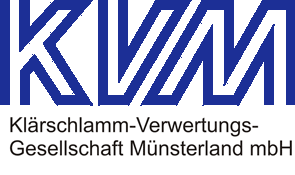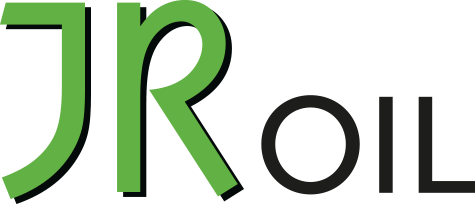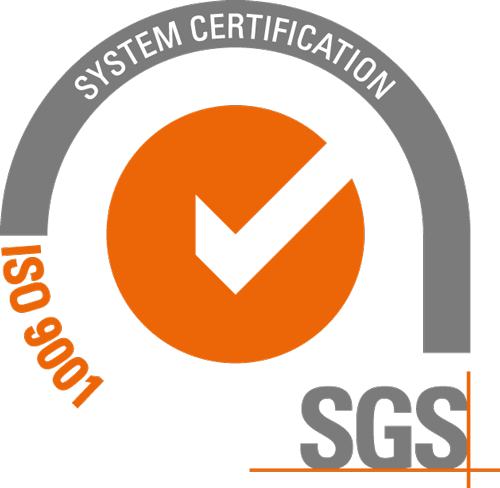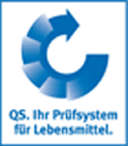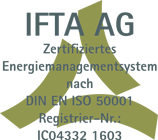Technology and environment
Brief description of the operating procedure
Collected raw materials are tipped by vehicles into troughs in the delivery area and conveyed on a conveyer belt. The animal by-products are crushed to a particle size of 50mm or less (one dimensional) by a crusher. This crushed raw material enters a filling container with a capacity of 10 tons and proceeds to the sterilizing unit for the most important part of the process – The sterilization.
Ten tons of material is sterilized continuously in agitator pressure vessels at a minimum temperature of 133 °C and a pressure of 3 bar absolute pressure for a minimum of 20 minutes dwell time, while being stirred continuously. This sterilized meat pulp is conveyed from the pressure vessels into intermediate containers called meat pulp containers.
The water content in the meat pulp is removed using dryers (disk dryers, falling film evaporators) to ensure a resultant meat pulp with approximately 6% water content. The evaporated water is condensed in condensers or re-coolers to ensure no water wastage. The dried met pulp is mechanically separated in screw presses and reed and raw fat are produced as the resultant products.
The flakes are crushed in a screening and grinding plant to a grain size of less than 1.5 mm. The resulting protein meal or meat and bone meal is conveyed to loading silos and is made ready for transport. The animal fat is cleaned and then pumped into loading tanks in a closed system. The resulting waste water is biologically treated and purified in the company’s own sewage plant.
The exhaust air and non-condensable gases from the production rooms and machines are biologically treated and cleaned in the air purification plant. Each of these processes ensures minimum or no wastage of any material and complete respect for the environment at all times!
Industrial wastewater treatment plant
Waste water and air purification
Industrial wastewater treatment plant of Schaap GmbH
As an environmentally aware company, we ensure proper treatment of industrial wastewater treatment. We have a capacity of up to 480 cubic meters for wastewater management and treatment in our own treatment plant.
First, the water passes through a two-chamber grease separator. It is then passed through a flotation system and then into the mixing and equalizing tank.
From there, it is distributed to the four aeration tanks with a total capacity of 8,000 cubic meters of aeration space.
The waste water has a theoretical retention time of over 16 days before it is discharged into the secondary settling tank and then into the receiving water via fining ponds.
Laboratory
Our laboratory at the sewage treatment plant is used strictly and primarily for monitoring and analyzing input and output materials generated from the operations of the plant.
Samples from groundwater, water treatment, boiler water and the end products “processed animal protein” and “animal fat” are also analyzed here.
Biofilter
Two independently operating biofilters receive 70,000 cubic meters of exhaust air from the production area every hour.
The air is washed and humidified in two scrubbers before it is blown into the air space under the filters and flows through the filter material.
Complete recycling
Complete recycling of the end products
After the total feed and export ban of processed animal protein and animal fat at the end of 2000, new ways of utilization had to be found.
Initially, all processed animal protein and animal fat was thermally utilized.
Meanwhile, the EU hygiene rules for animal by-products not intended for human consumption divided animal by-products into three categories allowing for different uses.
While the final products from Category 1 materials would still have to undergo thermal utilization, Category 2 and 3 products could be used for technical purposes, as fertilizers and, under special conditions, as animal feed (e.g. pet food).
At Schaap, Category 1 animal fat was used as fuel in the steam boiler plant from 2002 to 2010. The fossil fuels oil and natural gas were completely substituted by this. This allowed us to conserve scarce resources and protect the environment further since it has a high calorific value of approx. 37,000 kJ/kg (light fuel oil has approx. 42,000 kJ/kg for comparison) and low-emission combustion.
Processed animal protein, which has to be thermally utilized, is used in power stations or cement works, because its calorific value is at the same level as that of lignite.


